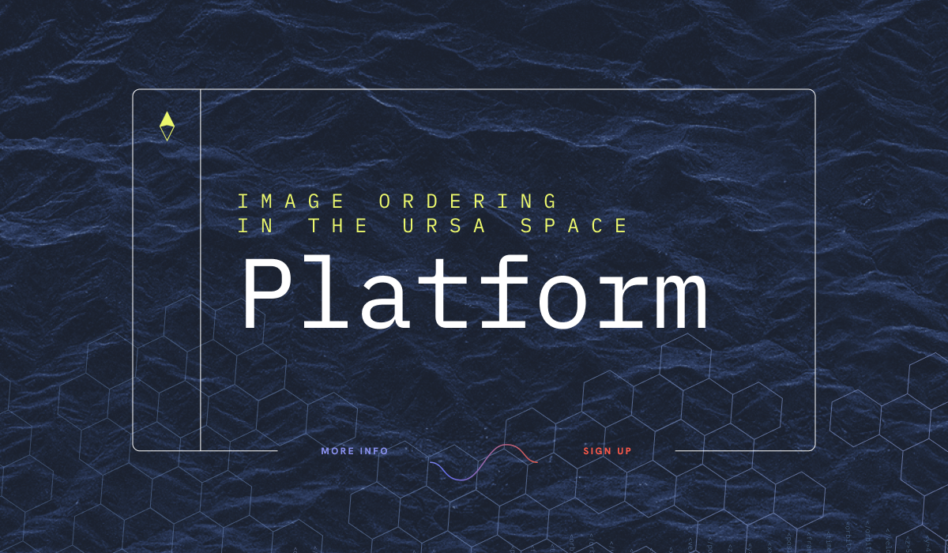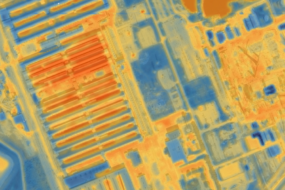Taking a page from e-commerce’s playbook, Ursa Space has added one-click ordering to its SAR imagery platform.
Processing Ursa’s business, piece by piece:
- SAR, or synthetic aperture radar, has 24-hour, all-weather, cloud cover-piercing persistent sensing capabilities. The technique can be especially useful for object and change detection.
- But in its natural and raw form, SAR data is coarse and not very revealing to the untrained eye. Ursa sits at the software layer, using algorithms to process, catalog, and analyze SAR imagery.
- Beyond aggregating and standardizing SAR imagery, Ursa packages it with other data sources and sells analytics products, such as auto manufacturing, oil storage, and port monitoring indices.
- Analytics/insight delivery can take the form of an API, online dashboard, spreadsheet, or PDF report.
Ursa’s database passed 10M SAR images, the company said this week. The startup has reached that scale not through launching its own hardware but by building a “virtual network” that ingests and processes data from the fleets of 10+ SAR vendor partners. Just yesterday, Ursa signed on Satellogic (NASDAQ:SATL) as a network partner.
Returning to SAR-la-carte…Ursa’s new on-demand ordering feature makes it easier for one to dip their toes in the SAR waters. Users can browse by date and location, select image delivery format, and purchase what they need (no subscription necessary).
- Ursa’s internal market research found that satellite imagery customers “spend up to 90% of their time in the ordering process, from first engaging with a satellite analytics platform, to the final step of receiving an analytical result.”
The upshot: For the uninitiated—ie, a company not using APIs or in-house data science teams—there’s a barrier to entry for even engaging with satellite data. And, as satellite players like to say, there’s a large total addressable market out there. But potential customers don’t know where to even begin. Or they may not even be aware of how satellite data could help their business.
Market education and larger sales teams are two ways to address the disconnect. Another method: user-friendly features and simple design.
Payload’s takeaway: Ursa’s newest feature feels like a step toward the consumerization of satellite data. That’s not exactly right, as this is still a B2B/business-to-government game requiring a non-trivial amount of know-how. But easier-to-use interfaces, frictionless onboarding, and analytics that abstract away complex, raw data—they’re all hallmarks of consumer tech.




